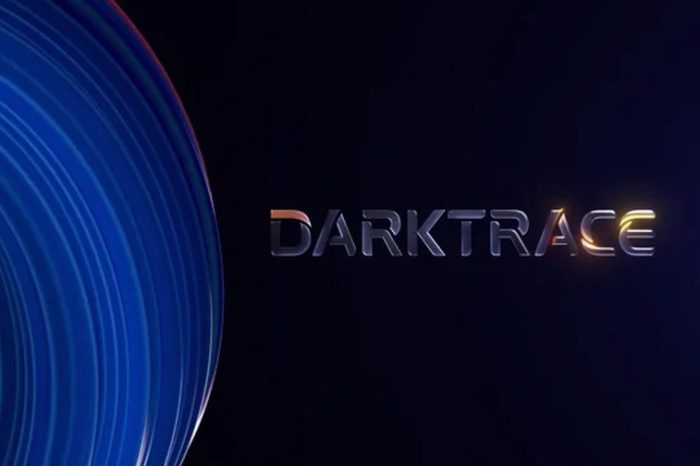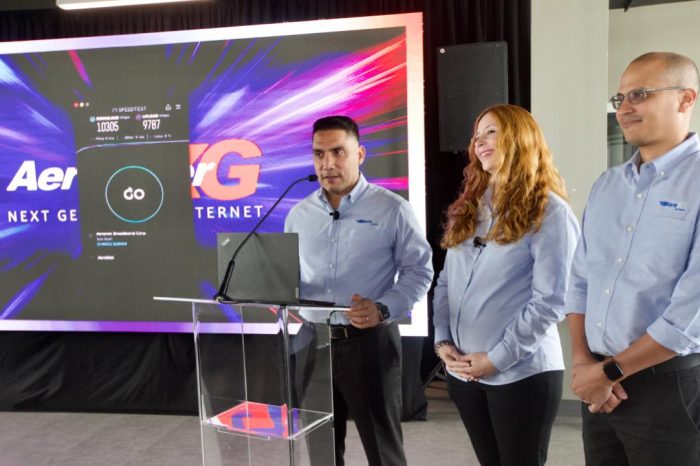Battery energy storage systems (BESS) are becoming increasingly known to improve the reputation and dependability of renewable energy. Electric thermal energy storage (TES) solutions are increasing in popularity to combat modern storage concerns and be a supplement to other green tech.
As with all sustainable technologies, creating the perfect environment requires a medley of solutions. BESS cannot be the only way to store additional renewable energy generation, so TES is making waves in the tech and energy sector.
How Does Electric Thermal Energy Storage Work?

TES is a type of excess power housing that uses thermal technology to use residual renewable energy generation for repurposing. Understanding how TES can shift renewable energy requires an understanding of how it works and compares against other current storage solutions. TES works in several phases:
- Charging phase: Excess renewable energy generation charges the TES medium to store. The medium is usually a liquid or solid that reaches high temperatures, such as water, molten salts or metals.
- Storage phase: Experts encase the medium to prevent thermal runaway and increase shelf life.
- Discharging phase: The medium connects to engines and other plant tech to convert thermal energy into electricity for hold and cold applications, such as heating homes or chilling data centers.
How does it compare to battery storage? BESS requires a battery to store energy in electrochemical cells, which have high efficiency with a more complex structure. TES relies on an effective medium to determine its energy density, though it has the potential to be more significant at a cheaper cost.
With this in mind, there are three main TES types with varying advantages and mediums:
- Thermochemical: Chemical reactions as mediums.
- Latent heat: Water, ice or salt mediums.
- Sensible heat: Rock, water or metal mediums.
How Does It Relate to Renewable Energy?

TES is required for expedited renewable energy adoption. The current concerns with BESS compared to TES are scaling and efficiency. Thermal energy is easier to hold for extended periods, whereas batteries may not compete. Battery costs continue to decrease, but batteries are an expensive option in renewable energy curtailment.
Additionally, environmentalists are concerned about the viability and material sourcing methods for batteries. TES eliminates the stress of farming excess battery metals like lithium, nickel and cobalt. Toxic mining operations for eco-conscious technologies diminish the power of green energy policy and investment conversations because they can be damaging. TES could have more Earth-friendly mediums, which is necessary for assigning favor to renewable energy arguments.
Not only will TES promote renewable energy by reducing mining impact, but it will also boost its public image. Renewable energy’s more prominent concern is reliability. Many have heard the wind does not always blow, and the sun is not always shining. TES combats this discourse that hinders R&D, allowing homes to keep their lights on during harsh winters and critical infrastructure afloat during natural disasters.
There are too many variances in green energy potential and distribution with current storage solutions and capacity. Implementing TES alongside a transitioning grid levels the playing field and gets decarbonized power to more people. Since it is a form of long-duration energy storage, it eliminates worries over seasonal imbalances or grid congestion. It improves resilience and flexibility, which makes renewable energy accessible more quickly.
It also leads to considerable energy bill savings. According to the DOE’s Better Buildings Initiative, buildings where thermal energy storage has been implemented have seen a 40% peak load reduction.
How Can TES Advance?
The most critical improvement TES needs is more consistent management of thermal losses. The sensible heat storage variant of TES is one of the most guilty of this drawback. Since the efficacy of the storage system relies on the medium and how the plant insulates it, productivity might vary too widely to incite consistent buy-in. This means more standardization around encapsulation materials and methods for consistent success.
More significant investments in infrastructure are crucial for TES to advance. Since TES does not need access to specific resources, like water stores, there are plenty of options for deploying a thermal plant. It becomes even more eco-friendly when professionals retrofit inactive fossil fuel plants or abandoned facilities to scale for thermal storage.
TES professionals must advertise the technology’s capability to meld with other smart, green technologies. Presently, there is not enough R&D in the field to catalyze it as much as it requires, mainly regarding latent and thermochemical applications.
Since thermal storage is a recent trend in the sustainability conversation despite several decades of study, education may be sparse outside of sector professionals. Democratizing information about how it could bolster more industries outside renewable energy will only assert its value more.
The Value in Thermal Energy Storage
The grid becomes more resilient when energy professionals have more storage options. Realistically, TES, BESS, and other storage methods will work alongside each other to create a diverse portfolio of energy management potential. It will propel renewable energy while reducing the cost and burden of energy demand.
Every aspect of R&D is necessary for amplifying renewable energy adoption and dispelling its reputation for intermittency. TES presents a positive outlook for a more cost-effective and productive energy storage solution.









